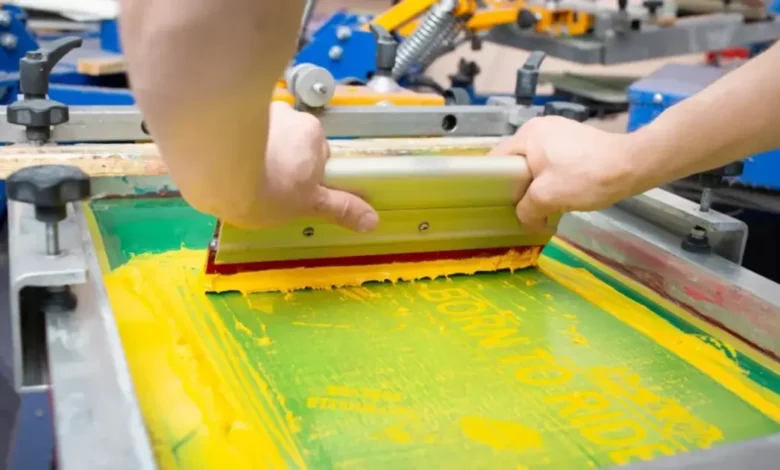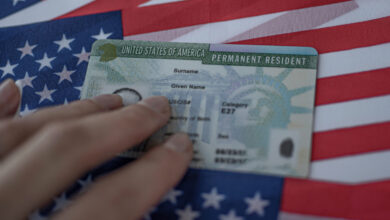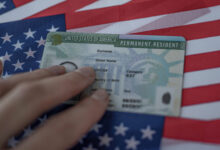Incorporating DTG Printing in Your Food Packaging Design

As customers grow more demanding and selective, businesses continuously search for ways to set their products apart on store shelves. A valuable asset you can utilize is the attractiveness of your packaging design. Direct to Garment (DTG) printing is a technology that can assist you in achieving high-quality graphics. In this blog, we will explore how incorporating DTG printing into your food packaging design can elevate brand perception and captivate consumers.
1. Harnessing the Potential of DTG Printing
One of the main questions that arises is, is DTG printing good quality? DTG printing has advanced significantly in garment decoration by enabling the creation of intricate images on various surfaces. While initially associated with textiles, this versatile technology extends its capabilities beyond fabric applications. By integrating DTG printing into food packaging design, you can craft personalized designs that attract attention and effectively convey your brand’s essence.
2. Elevating Visual Allure
The initial impression plays a significant role in food packaging design as consumers base decisions on visual cues presented by the aesthetics of a product. By incorporating DTG printing, you can develop designs that exude elegance, originality, and excellence from the outset.
3. Customizing for Brand Identity
The idea of personalization has gained traction across sectors. As the trend of customized packaging continues to rise, businesses seek ways to connect with their target audience by providing an experience. By incorporating DTG printing technology into your food packaging design process, you unlock possibilities for customization on a scale without compromising on quality or efficiency.
4. Focus on Sustainability
In today’s world, sustainability is no longer just a fad—it has become a critical focus for companies in every industry. With the increasing demand for practices, many brands prioritize eco-packaging solutions as part of their dedication to corporate social responsibility. DTG printing aligns with this sustainability emphasis by using water-based inks that significantly reduce waste compared to traditional printing methods.
5. Reproducing Intricate Designs
A standout feature of DTG printing in food packaging design is its ability to replicate artwork and designs precisely. Traditional printing techniques often need help with details like lines or gradients, leading to compromises in design quality and clarity. With DTG printing technology, these challenges have been overcome. This empowers you to bring your concepts to life and effectively showcase the most intricate designs.
6. Ensuring Food Safety Standards
When incorporating technology into food packaging design, paying attention to food safety regulations and industry standards is essential. DTG printing follows the rules governing contact between ink and food, ensuring that your packaging meets safety and quality standards.
7. Cost Efficiency in Small Batches
In addition to its advantages, DTG printing offers cost-efficiency benefits for producing custom packaging in quantities. Unlike methods that have minimum order requirements or require setup for each unique design, DTG printing provides more flexibility without the need for extensive inventory management.
8. Durability and Moisture Resistance
Food packaging must endure factors like moisture and humidity. With DTG printing, you can be confident that your designs will remain intact and visually appealing throughout your product’s lifespan. The water-based inks used in DTG printing are designed to resist water damage, ensuring your packaging looks great in certain conditions.
Efficient Test Marketing
Before launching a food product or updating existing packaging, prototyping, and test marketing must be conducted to gather consumer feedback or make any enhancements. DTG printing offers a way to create prototype packaging, allowing for the quick production of batches of samples compared to traditional printing methods. This enables you to test your packaging in real-life situations, make adjustments, and ensure that your final design connects with your target audience.
In Conclusion,
DTG printing presents opportunities for food packaging design, enabling companies to enhance appeal while meeting the modern needs for customization and sustainability. By embracing this technology, businesses can grab customers’ attention on the shelves. Establish a strong brand presence in a competitive market. Consider incorporating DTG printing into your food packaging design.







